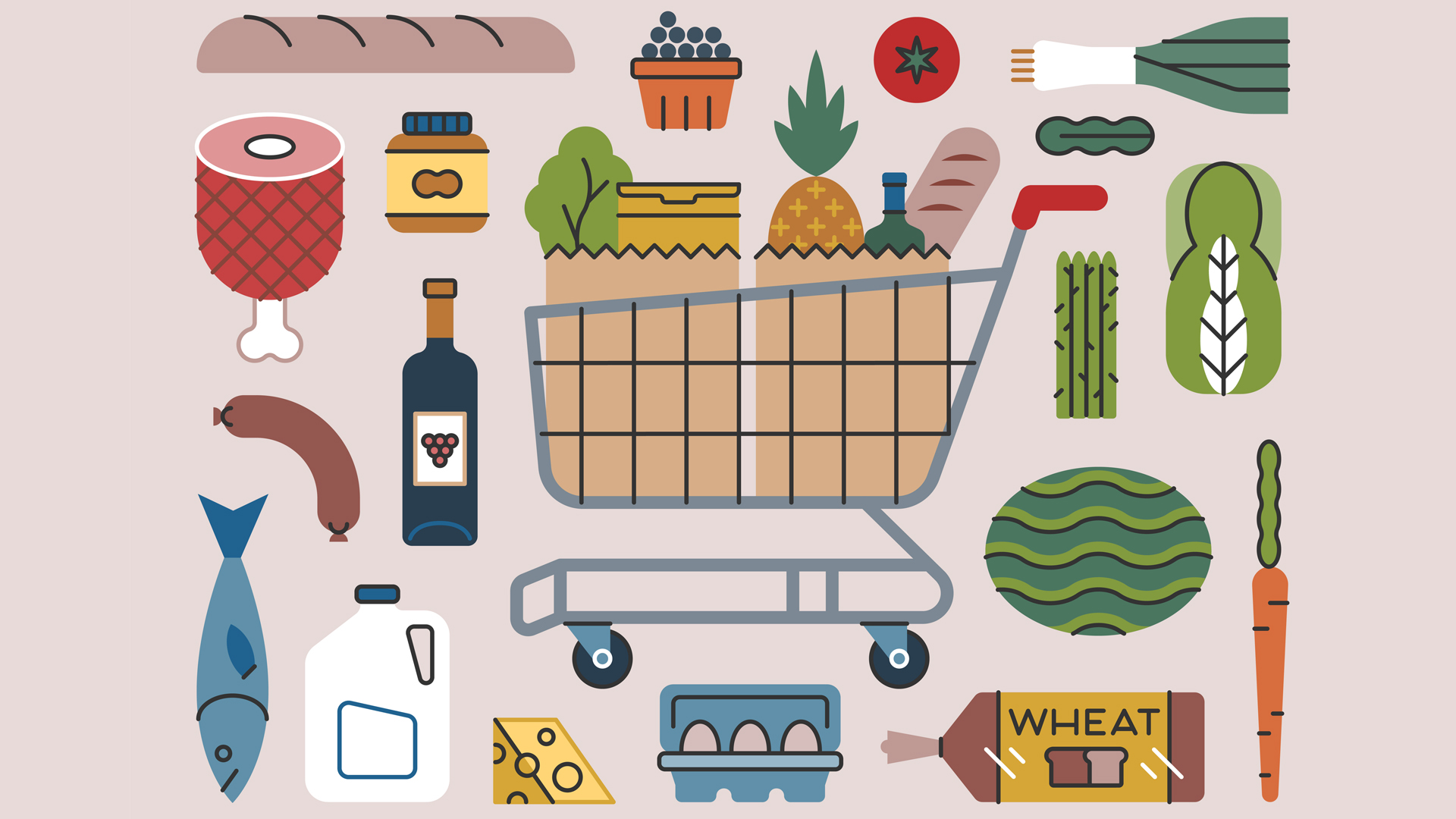
Inflation, particularly the increase in food prices, has been making headlines as a result of supply-chain disruptions associated with the COVID-19 pandemic and the Russian invasion of Ukraine as well as accusations of profiteering by certain Canadian retailers.
It is also common to see news stories drawing attention to rapidly increasing rents as well as growing food bank usage.
So how have the neediest Canadians, such as those on social assistance, navigated these difficult times and are they getting the benefits they need?
Overall, many provinces are failing social-assistance recipients. Three changes would improve their quality of life and long-term prospects: index their benefits to inflation, increase the overall rates of benefits and implement a program to help recipients and the working poor with food costs.
A program of last resort
Social assistance is the program of last resort when all other sources of financial aid have been exhausted. Social assistance is a provincial responsibility under the Constitution and each province has a unique approach. (The three territories face unique constitutional and fiscal constraints, so their programs are not examined here.)
Benefits are usually comprised of two components: a basic benefit rate that is meant to cover essentials such as food and clothing, and a shelter expense meant to pay for housing costs such as rent and utilities.
In some provinces, these are combined but in others, a recipient may be eligible for only one portion, such as the basic benefit rate but not the shelter allowance.
Research by Maytree, an anti-poverty group, has shown that people on social assistance in all provinces are unable to move above the market basket measure, Canada’s official poverty line, even when accounting for tax credits. By this measure, governments across Canada are failing the most vulnerable in our society.
Comparing social assistance rates for a single employable adult in 2019 (table 1) before the pandemic and before recent high levels of inflation, to benefit rates in early 2024, we can see the impact across the country.
On the one hand, every province has increased its social-assistance rates except Ontario, which has not done so since the election of Doug Ford in the fall of 2018.
In some provinces, benefits are indexed to inflation and increase annually. However, this is not the case in most provinces, where increases are left to the decisions of politicians. Several provinces have made a political choice to increase benefits, and these governments should be commended.
However, what if we consider the impact of inflation and examine the real purchasing power of recipients? The second column in table 1 has adjusted 2019 benefit rates to account for inflation using CPI data from January 2024 and reflects how much the 2019 benefits would be worth in current dollars.
Three distinct results emerge.
First, the purchasing power of recipients has declined in several provinces. With Ontario’s benefit rate at $733 per month, recipients have effectively lost 16 per cent. Also in this group are Alberta and Manitoba, where recipients in both have experienced a seven-per-cent decrease in benefit rates.
In the second group are New Brunswick, Nova Scotia and Quebec. New Brunswick and Nova Scotia have increased benefits in line with inflation, while Quebec’s benefits have decreased only three per cent in real value.
The third group of provinces have noticeably increased not only their benefits but the real value of their social-assistance rates. Newfoundland and Labrador (plus eight per cent), British Columbia (plus 19 per cent), Saskatchewan (plus 21 per cent) and Prince Edward Island (plus 27 per cent) fall into this camp.
More government action needed
Regardless, more needs to be done. All provincial governments could take three steps to begin to address the cost-of-living crisis for social-assistance recipients.
First, they should immediately index social assistance benefits to inflation. This will prevent the loss of purchasing power that recipients in Ontario, Alberta and Manitoba have seen in recent years.
Second, they should increase social-assistance benefits. Many social-assistance recipients collect benefits only for a short time as a result of hardship. The purpose of many provincial social-assistance programs is to move recipients back into the labour force as quickly as possible.
Who is receiving social assistance?
Social assistance is not improving health
It is counterintuitive to think that those receiving benefits well below the poverty level – and dealing with barriers such as housing and food insecurity as a result – can successfully reintegrate into the labour force. Current social-assistance rates serve not as a springboard but as a black hole.
Third, in the context of rapidly rising food costs, provinces should explore implementing a food program similar to the supplemental nutrition assistance program (SNAP) in the United States. Such a program could extend beyond social-assistance recipients into the ranks of the working poor to help with food costs while also benefitting Canada’s agricultural industry.
Current social-assistance programs are inadequate. Provinces can and should be doing more to support the neediest Canadians. They should take meaningful steps immediately to improve the quality of life and labour-market reintegration of those who have fallen on hard times.








